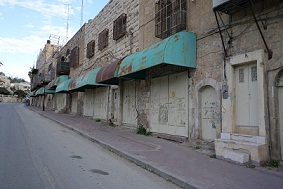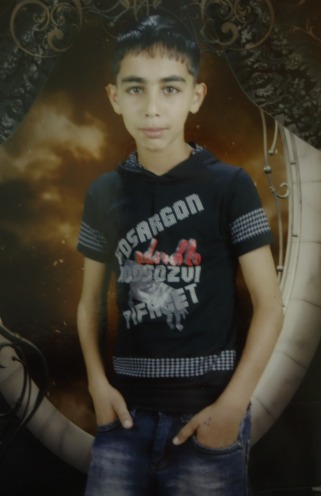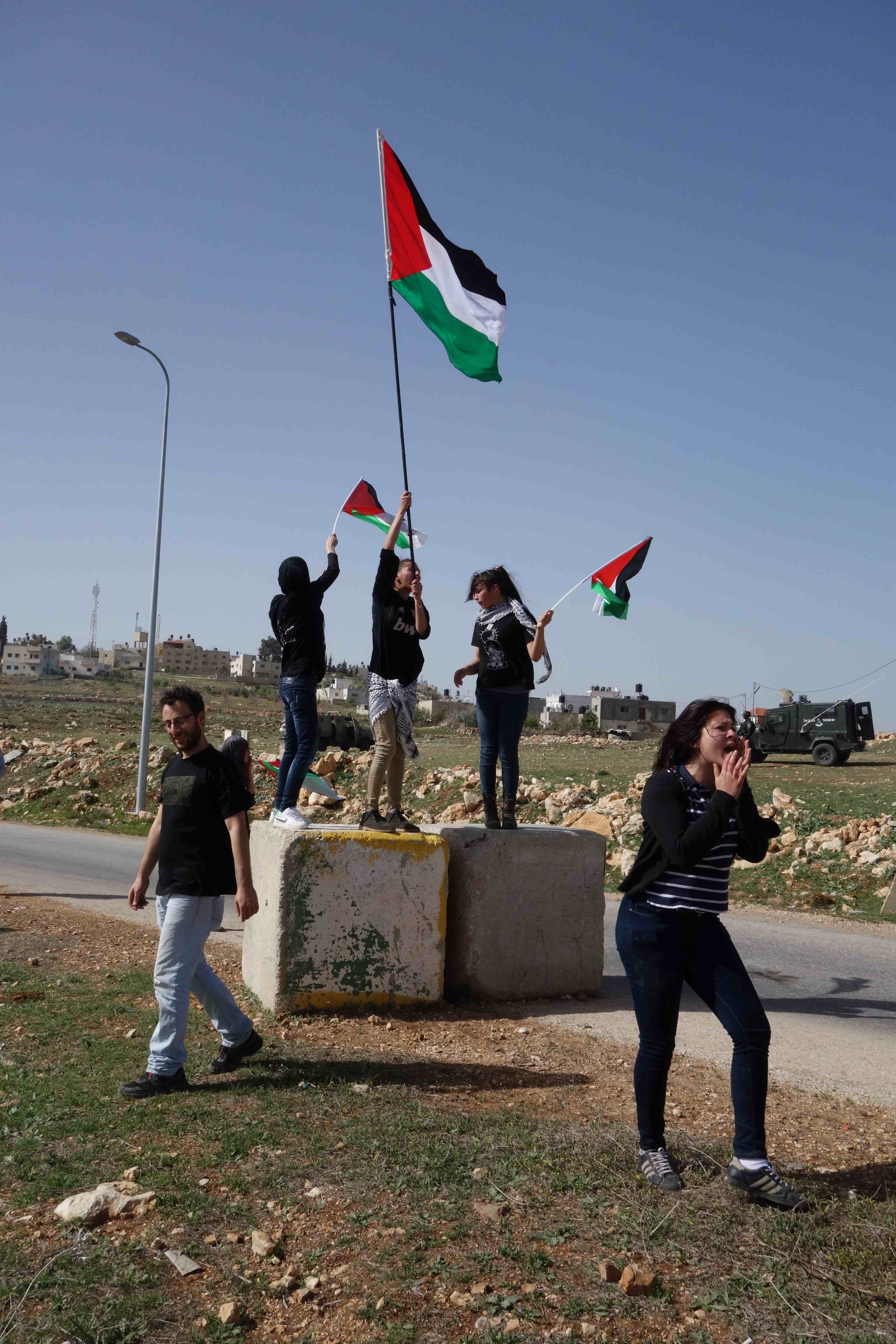Category: Reports
-
ISM volunteers attacked by Zionist tourists in Hebron
Two ISM activists walking on Shudaha Street area were brutally attacked by French Zionist tourists who were visiting to attend the weekly settler tour of the Palestinian part of Hebron. At around 1:30 PM the activists were walking in the direction of Shuhada Street when the 6 young men rounded the corner, upon seeing the activists…
-
Palestinian children continue to be imprisoned
9th March 2014| International Solidarity Movement, Team Khalil| Hebron, Occupied Palestine On Tuesday 4th March, 14-year-old Wassem Rajabi from the Jabal Johar area of Hebron (al-Khalil), was detained and driven away by Israeli soldiers on his way back from school. This Thursday, after nine days in prison, his family will go to the police station…
-
Nabi Saleh honors Muataz Washaha
8th March 2014 | International Solidarity Movement, Team Ramallah | Nabi Saleh, Occupied Palestine On Friday 7th March the protest at An Nabi Salih took on a special significance after local Palestinian man, Moutaz Washaha, was assassinated in his home town of Bir Zeit on Thursday last week. A group of more than 50 Palestinian locals, activist…



